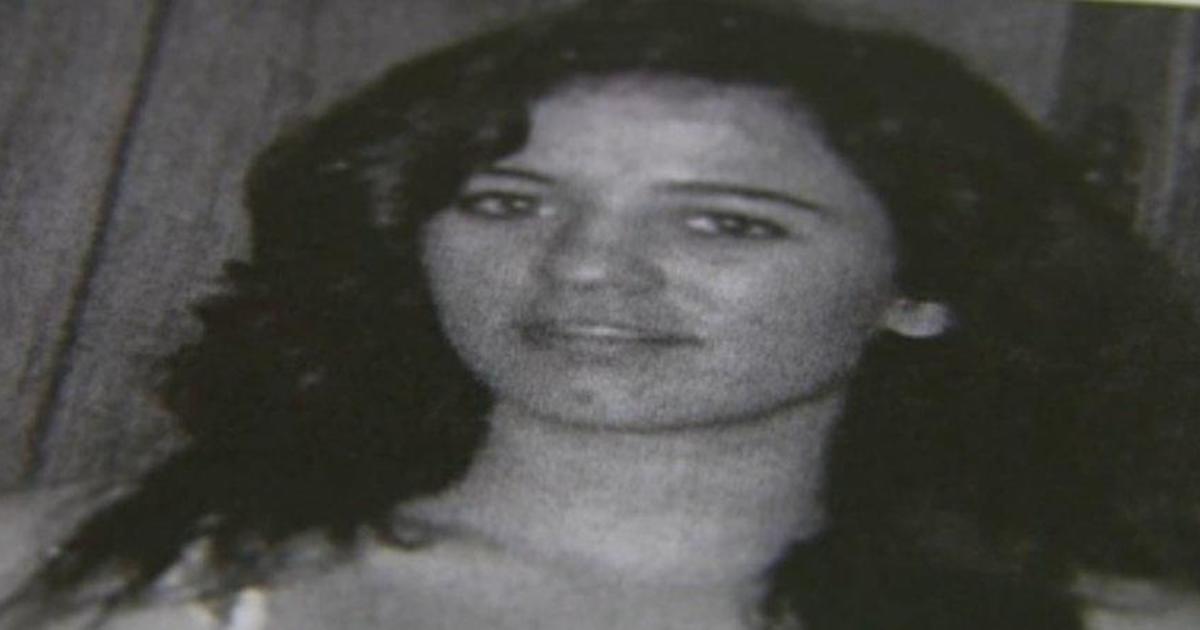An Oregon man has been convicted of murder in the 1978 death of a teenage girl in Alaska, in a case investigators made using genetic genealogy decades later.
Donald McQuade, 67, was convicted this week in state court in Anchorage of murder in the death of Shelley Connolly, 16, whose body was found near a highway pullout between Anchorage and Girdwood, Alaska Public Media reported. Sentencing is set for April 26.
Years after Connolly’s death, Alaska State Troopers developed a DNA profile from swabs collected from her body but failed to get a match. In 2019, they turned to genetic genealogy testing, which involves comparing a DNA profile to known profiles in genealogical databases to find people who share the same genetic information.
McQuade was living in Alaska when Connolly died, and investigators later were able to get a DNA sample from him that they said matched DNA found on her body.
Alaska State Troopers investigator Randy McPherron came out of retirement to lead the case, KTUU reported.
“We started using regular, good old police work, figuring out, was this individual living in Alaska at the time? Did he have access?” McPherron told KTUU. “And we were able to determine he was living in Anchorage through various databases and records, determined he was actually in Anchorage four days before the homicide occurred, and he said he was living here in Anchorage at the time, so we were pretty confident that this was a viable suspect.”
McQuade was arrested in 2019 but his trial, like others at the time, was delayed because of the onset of the coronavirus pandemic.
The prosecutor during the trial emphasized the evidence from Connolly’s body. But McQuade’s attorney, Kyle Barber, told jurors the DNA evidence was the only evidence the state had against McQuade. He said investigators also found DNA evidence possibly linked to two other people.
Public Defender Benjamin Dresner said he planned to appeal the case, but McPherron told KTUU that he’s grateful that new technology led to a breakthrough.
“It was very exciting to be a part of this, you know, and I just happened to be at the right place at the right time, when this technique came along,” he told the station. “It’s quite a game-changer. It’s like how forensic DNA has changed a lot over the past 20-odd years or so, and to think, back in the 70′s, when this case happened, if that [happened] now, it could’ve been a much different story.”

